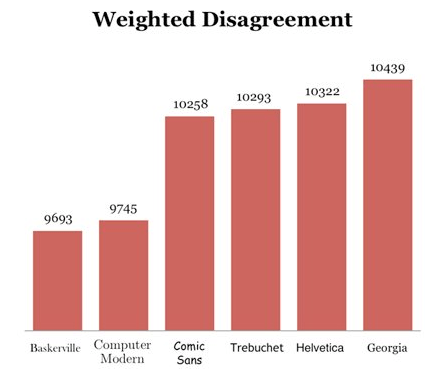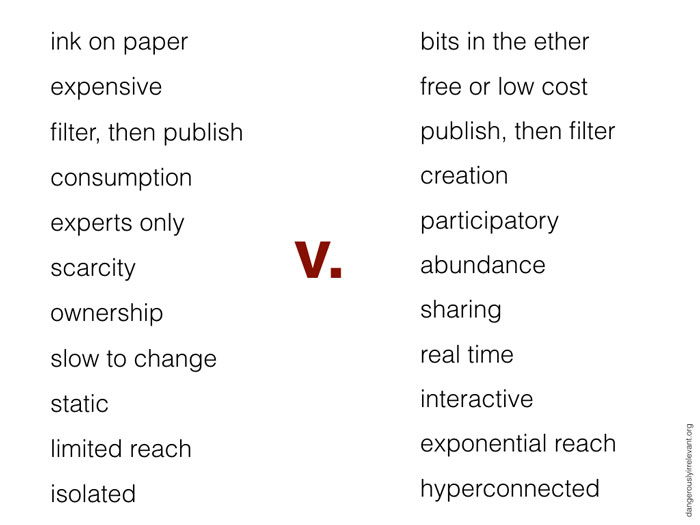by Gavin Ortlund
I think logic and argument can suggest God. I have personally benefited from apologists like William Lane Craig, who do this well.
Of course, this is not the only way to suggest God. It’s possible to make God plausible, not as the conclusion of a thread of reasoning, but as the premise of human experience. This approach says, in effect, “if God doesn’t exist, so much of life—so much of what we simply assume every day in the way we function—becomes mysterious and inexplicable.”
Such a strategy is often rationally avoidable. But that doesn’t mean it’s less effective in real life. In fact, in our cultural setting, many of the lonely, transcendence-starved, quietly despairing people around us may resonate with aesthetic and existential considerations more than a logical case. Quite often the sheer beauty of the gospel is its most powerful apologetic. That is why I go back to C. S. Lewis’s fiction again and again. He speaks to the imagination powerfully.
Quite often the sheer beauty of the gospel is its most powerful apologetic.
Here are three aspects of human life and society that are somewhat out of place—homesick, we might say—within the confines of a naturalistic worldview. They don’t prove God, but they’re just kind of weird without him.
1. Thought
If our brains are simply the epiphenomenal byproduct of a naturalistic, evolutionary process, then thought becomes something of an oddity. In naturalism, our brains function as they do because of the winnowing effect of unimaginable eons of natural selection. Passing on our genes has determined everything. So can we trust our use of reason—or any of our knowledge? More basically, what exactly is thought? How is it generated from strictly physical processes?
You don’t have to be religious to appreciate the complexity of this question. It’s a perennial challenge of philosophy. Consider the issue of consciousness, for instance. Thomas Nagel, who happens to be skeptical about God’s existence, thinks human consciousness is not reducible to strictly material process. In his excellent introduction to philosophy, he admits:
I myself believe that this inner aspect of pain and other conscious experiences cannot be adequately analyzed in terms of any system of causal relations to physical stimuli, however complicated. There seem to me two very different kinds of things going on in the world: the things that belong to physical reality, which many different people can observe from the outside, and those other things that belong to mental reality, which each of us experiences from the inside in his own case.
This whole idea of a “mental reality,” distinct from the physical one, is curious. Why should the physical world generate this separate, mental realm?
This whole idea of a ‘mental reality’ is curious. Why should the physical world generate this separate, mental realm?
Take, for example, math. We tend to think of math as a strictly logical, self-explanatory phenomenon. But when you think about it, math is highly mysterious. Why should it be the case that 2 + 3 = 5 always and everywhere? The physical world is interdependent and relative—even time and space are interwoven, as Einstein showed. But the world of numbers is fixed and universal and binding. So where did it come from?
Here’s a way to grasp the problem: If the entire universe collapsed into non-being, would it still be that 2 + 3 = 5? Most people say yes. But if the universe is all there is, what gives these numbers their stability? Why does the mental realm have permanence if the material realm is in flux? What is this intellectual world that rises up all around us, like an invisible castle—and how did it get here?
Without God, thought seems out of place.
2. Choice
Choice is another oddity within naturalism. If the universe is a closed system of cause and effect, then ultimately everything that happens has a prior material cause—like one pool ball hitting another.
So, if we are strictly material entities (albeit highly complex ones), where would free will come from? We make choices with our brains, and our brains are physical objects, alongside the whole panoply of other physical objects in the universe, from stars to sponges to sauerkraut. What would make our choices something other than the result of an extremely complicated series of previous material events—trillions of pool balls?
If reductive physicalism is the whole show, in what sense can our actions be objectively good or evil?
Do you find these posts helpful and informative? Please CLICK HERE to help keep us going!









